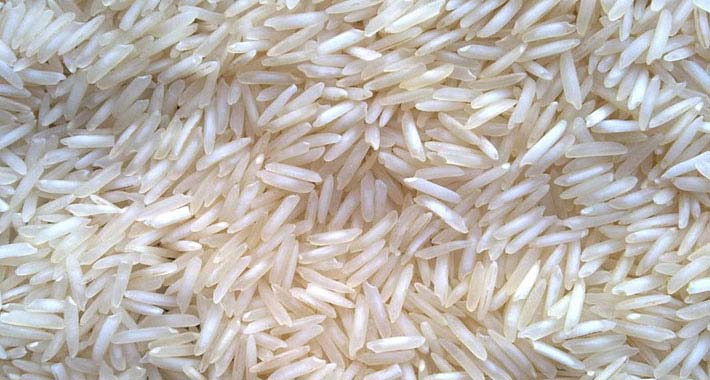Basmati export price drops but Indian shippers unfazed.
Basmati export prices have dropped in the past couple of months to the level of minimum export price (MEP) of $950/tonne from over $1,050, which some exporters fear could be a loss-making proposition to ship out if the purchase price of Basmati paddy on October-November is taken into account. Some premium Basmati varieties’ prices too have dropped to about $1,200/tonne from $1,300, industry sources said.
However, many exporters said it is not a concern as most of the exports were contracted at higher rates when they were signed amid concerns over global supply disruption due to conflict between Israel and Palestine.
Basmati rice exports have increased by 12.3 per cent at 4.11 million tonnes (mt) during the January 2023-24 fiscal from 3.66 mt in the year-ago period, as per provisional data released by Agricultural and Processed Foods Exports Development Authority (APEDA). In value terms, the growth is an impressive 20.2 per cent at $4.59 billion against $3.82 billion year-ago. The higher growth has been attributed by industry experts on increased demand from countries such as Saudi Arabia and Iraq.
Striking bargains
The average realisation was about $ 1,120/tonne until January, whereas it was nearly $1,045 year-ago, said an exporter. However, the basmati paddy was considerably lower in harvesting period (October-December) of 2022 from the same period in 2023, the exporter said. He said while it is less than 10 per cent increase in the export realisation, paddy prices this year (2023-24) were 20-25 per cent higher.
In Punjab, Pusa Basmati 1509 (paddy) sold at Rs.3,200-3,600/quintal, depending on quality while Pusa Basmati 1718 at about Rs.3,800 in November 2023. On the other hand, traditional Basmati CSR 30 commanded between Rs.6,300 and Rs.6,600/quintal for the farmers. The key Pusa 1121 was sold at Rs.4,300-4,500 per quintal, whereas last year it was Rs.3,600-3,800.
‘There is a slowdown in demand from overseas buyers after the Red Sea issue came up as freight cost increased. But, this type of event is normally temporary and hope we see things to normalise in the days ahead,’ said Vijay Setia, a former president of All India Rice Exporters Association.
Response to global trade
According to foreign trade policy expert S Chandrasekaran, current basmati export price decline is a response of global trade demand sentiments and pressure from competitive supply. ‘However, the export price will recover when domestic and export market finds equilibrium. This will reflect at the end of festival season in the West Asia,’ he said.
Further, Chandrasekaran said the local demand and higher price realisation from domestic market brings new trend and trade stability for basmati rice.
Official sources in the Commerce Ministry do not see the fall as a concern and term it as normal market trend on demand-supply issue. The officials said that since more than 90 per cent of the shipments have already gone in the ten months of this fiscal as against 4.56 mt exported during the entire 2022-23, the exports in February and March may also follow the current trend of 10-12 per cent rise.
This article has been republished from The Hindu Business Line.

